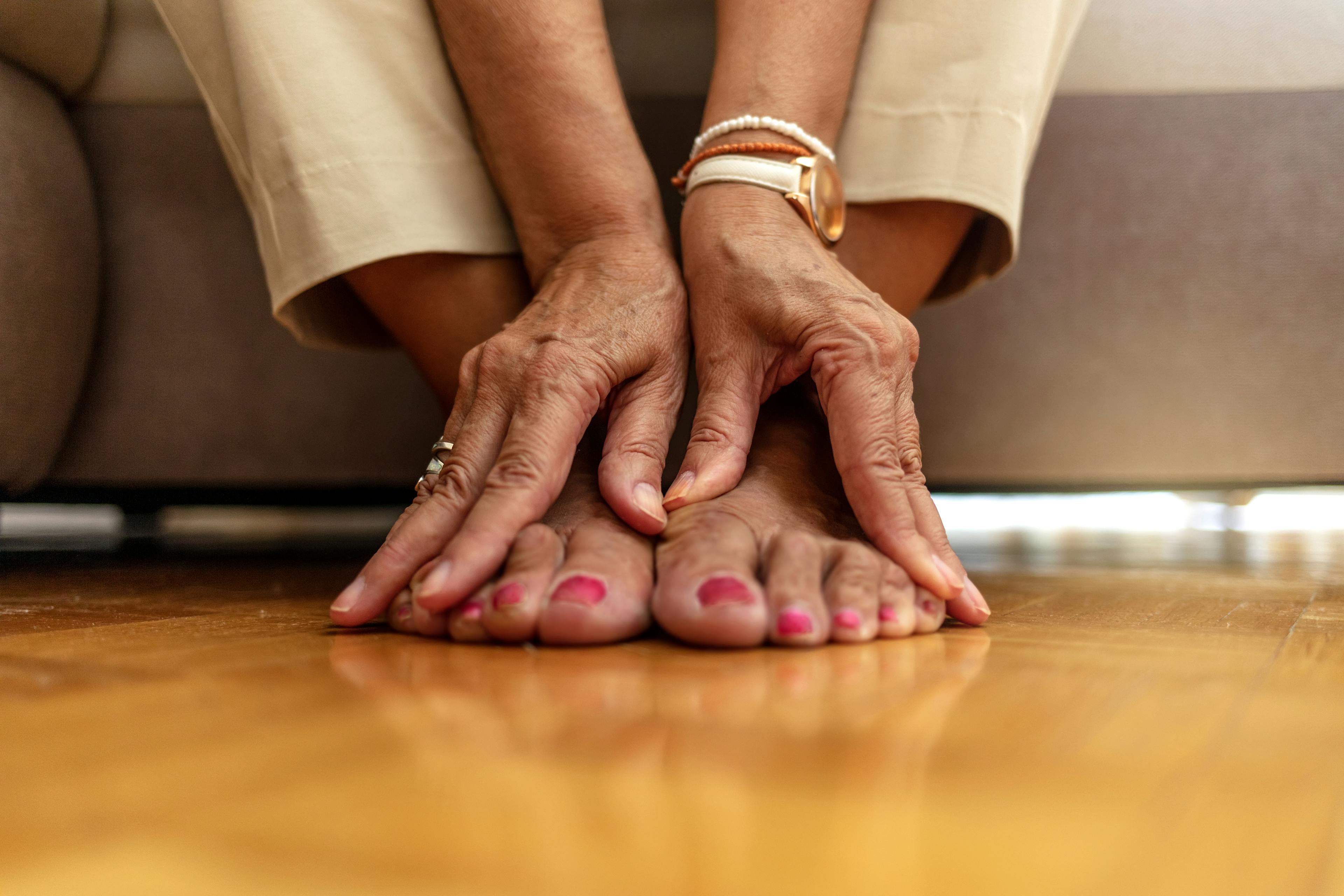Curious about the health benefits of compression socks but unsure if they’re right for you? Learn how compression socks can improve your health, who should wear them, and their uses for various conditions in this informative guide.
What Are Compression Socks?
You may be wondering how compression socks differ from the regular socks you wear with tennis shoes or boots on a cold, rainy day. Compression socks, sometimes called “compression stockings,” are specially designed garments that apply pressure to your legs, improving circulation, promoting leg health, and providing relief for various medical conditions.
What Do Compression Socks Do?
The main purpose of compression socks is to facilitate blood flow and reduce swelling in the legs and ankles. Many people use compression socks to help prevent varicose veins and edema, as they support healthy circulation in the lower extremities. By promoting blood flow, these stockings help minimize the risk of blood pooling in the lower legs due to inactivity, which can lead to potentially fatal blood clots.
How Do Compression Socks Work?
Compression socks use a graduated compression design, meaning the pressure is strongest at the ankle and gradually decreases up the leg. This design effectively pushes blood back toward the heart, enhancing circulation throughout the body. The graduated pressure helps prevent blood from pooling in the lower extremities, significantly reducing the risk of blood clots.
Compression Socks Benefits
When are compression socks beneficial? Here’s when you should consider wearing them:
- During Pregnancy: Did you know that pregnant women are five times more likely to develop Deep Venous Thrombosis (DVT)? As the uterus grows, it places more pressure on the veins, and pregnancy hormones increase susceptibility to blood clots. Compression socks can ease aches and pains by boosting circulation and preventing blood clots or pooling.
- Improving Sleep: During periods of inactivity, such as sleeping, leg pain and swelling can worsen. Wearing compression socks can alleviate pain and improve blood flow to the extremities, reducing the risk of varicose veins or blood clots.
- Frequent Travelers: Long periods of sitting while traveling can lead to swelling or blood clots. Compression socks can mitigate these risks while ensuring maximum comfort during your travels.
- Athletes and Runners: Wearing compression socks during training can improve performance and accelerate muscle recovery by supporting the skeletal muscle pump, increasing deep venous velocity, and reducing blood pooling in the calf veins.
What Are Compression Socks Used For?
Compression socks are commonly recommended for individuals with various health conditions to improve circulation and alleviate discomfort. They can be beneficial for:
Plantar Fasciitis
Firm compression around the arch of your foot supports the fascia ligament, providing a gentle stretch when you’re off your feet and reducing pain when you return to them. Compression also helps plantar fasciitis by energizing your feet, reducing inflammation, and relieving pain.
Diabetes
Compression socks are a non-invasive treatment for diabetes that promotes circulation, and helps prevent nerve damage in the feet and legs. They also work to improve nerve sensitivity and continuously reduce swelling.
Vascular Conditions
Compression socks can also help with various vascular conditions, including varicose veins, Chronic Venous Insufficiency (CVI), DVT, and hypersensitivity vasculitis, by enhancing blood flow and reducing the risk of blood clots.
Neuropathy Patients
For those suffering from neuropathy—whether peripheral or diabetic—nerve damage often results in pain and tingling in the extremities. In such cases, compression socks can help alleviate the uncomfortable ‘pins and needles’ sensation associated with the condition.
Types of Compression Socks
Compression socks come in a variety of compression levels, which allows you to choose the most appropriate level tailored to your needs. Here’s a quick breakdown of common compression levels:
- 15-20 mmHg: Light compression ideal for everyday wear. Suitable for athletes, frequent travelers, or those with an active lifestyle. Ideal for athletes, runners, and those with an active lifestyle. If you want to maintain good circulation during exercise or for prolonged periods of standing, this level is for you.
- 20-30 mmHg: Moderate level of compression, typically recommended for those dealing with mild varicose veins, post-surgical recovery, or swelling. It’s a great choice for general daily wear, especially if you’re on your feet for extended periods.
- 30-44 mmHg: High compression designed for those with more severe conditions like DVT, excessive swelling, or severe varicose veins. This level is often recommended by your doctor and is best for individuals with more serious vascular issues.
Choosing the right compression level is important as it can ensure that your socks provide the right amount of pressure to optimize circulation and alleviate discomfort.
Talk to a Provider About Compression Socks Today
Compression socks are a valuable solution for improving circulation, reducing discomfort, and providing essential support for those with various conditions.
If you’re experiencing symptoms of poor blood flow to your legs or have questions about whether compression socks are the right choice for you, schedule an appointment with one of our primary care providers today.




